During the past few weeks, swarms of tiny blue and white insects have pelted windshields like raindrops and stuck to the clothing of anyone walking through them. The millions of almost cottonwood-seed-fluff-like insects are none other than woolly aphids, also known as ash bugs, fluff bugs or fairy flies.
Like many other animals, woolly aphids are on the move in the fall because they are migrating. They aren’t migrating to warmer climates like birds but instead to a different host plant.
Some of the over 23 genera of woolly aphids divide their time between two species of plants: a primary host and a secondary host. In the fall, the woolly aphids are migrating to their primary host plant to lay eggs.
Examples of primary and secondary hosts of some woolly aphids include alder and silver maple, ash and conifer roots, and spruce and larch. Some woolly aphids that feed on conifers produce galls when laying eggs, including the spruce pineapple galls found on Engelmann spruce and white spruce. The hosts of Adelges cooleyi include spruce and Douglas-fir.
The recent swarms around Bonners Ferry are smoky-winged ash aphids (Prociphilus americanus) and they alternate between ash trees (primary host) and the roots of fir trees (secondary host).
The alternation between host plants is just one unique aspect of the woolly aphid’s life cycle. There are many generations between the woolly aphids hatching from the eggs in the spring and the woolly aphids laying the eggs in the fall. And in some species the cycle requires two years to complete.
In the spring, the overwintered eggs on the primary host hatch into wingless females (yes, all females). These wingless females give birth to live young without mating (a process known as parthenogenesis). Often more than one generation of wingless females is produced through parthenogenesis on the primary host.
Then in late spring or early summer, the wingless females give birth to winged females (yes, all females again) that migrate to the secondary host. On the secondary host, the winged females give birth to wingless females. Again, multiple generations of wingless females may be reproduced through parthenogenesis.
During autumn, a generation of winged females is born. These winged females fly back to the primary host plant where they give birth to both males and females. The males and females mate and the females lay eggs on the primary host to complete the cycle.
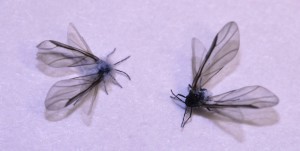
Fine filaments of wax secreted by special glands give woolly aphids their namesake appearance and distinguish them from true aphids
With multiple generations per year, woolly aphids have the ability to produce large numbers of offspring as seen in the recent weeks. All of the eggs laid on the primary host won’t survive the winter though. A severe cold snap can kill eggs. More likely is the chance the eggs will be eaten.
Chickadees, nuthatches, woodpeckers and other bark-gleaning birds search the crevices of bark in the winter for tasty morsels such as woolly aphid eggs.
However, the egg stage might be the only time woolly aphids seem palatable. As their name suggests, woolly aphids are covered in fine filaments of wax which appear woolly and fluffy. The “woolly” appearance helps protect them from predators by acting as camouflage for mold or fungus and by being unpalatable–what predator wants a mouth full of wax?
The winged woolly aphids are usually not as “woolly” as the other generations because too much wax can inhibit flight. However, winged woolly aphids still keep a little woolliness in order to help them look like drifting seeds in the wind which tricks predators.
No matter how much “woolliness” woolly aphids possess though, the cold nights of autumn are no match and soon the winged woolly aphids will disappear.

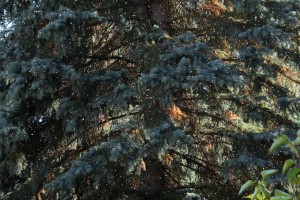
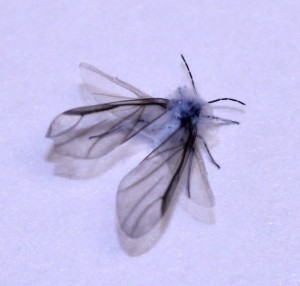
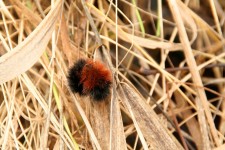
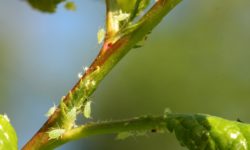
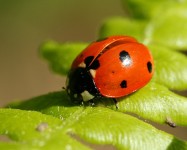
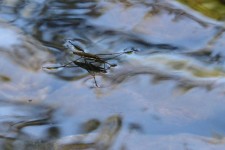
Hi, just wanted to tell you, I enjoyed this post. It was inspiring.Keep on posting!
Thanks for sharing this article !!
I really get frustrated by these insects. They damages my garden plants and I do nothing for that. But after reading this article I know how to get rid out of these mealybugs and thrips
BEAUVERIA BASSIANA
What about when these buggers become an inside pest? I seem to notice groups of 4-8 in one particular bedroom on a window sill every time I go in over that last week. That room doesn’t have any plants. No new plants in the house for over a year either…Any thoughts? Best way Try and find the source/ to get rid of them inside when there is an unknown source? Thanks for the help, this was a great post.